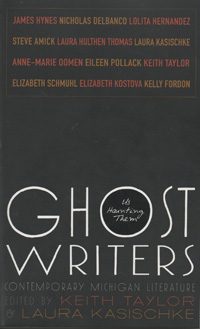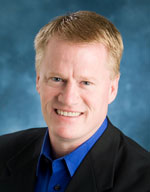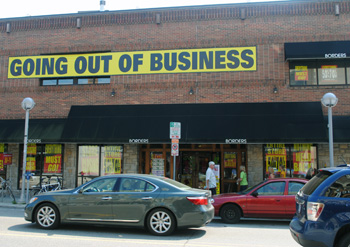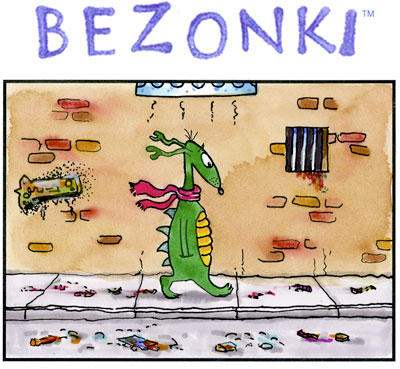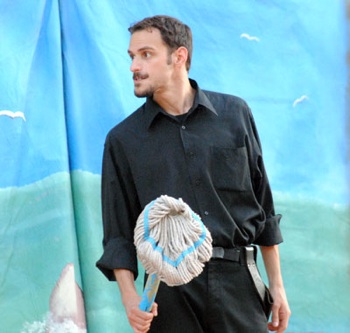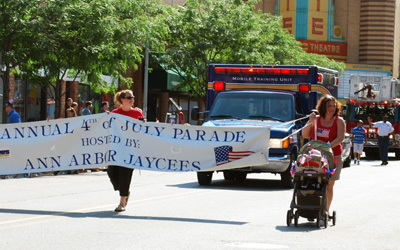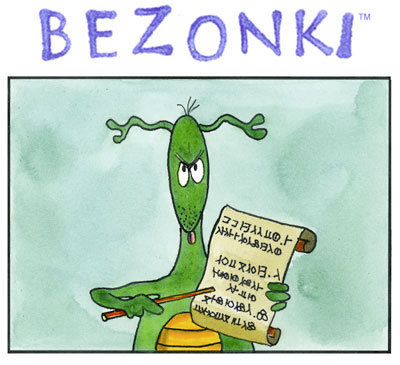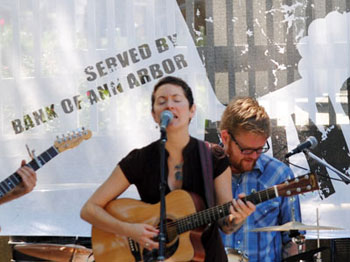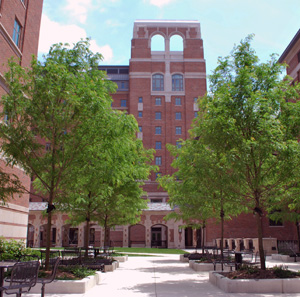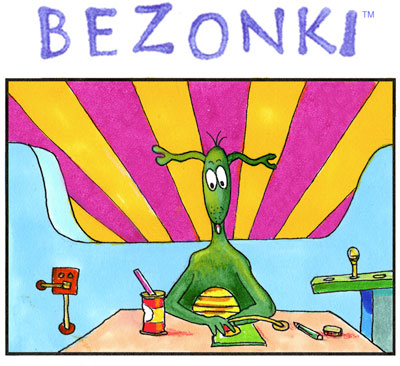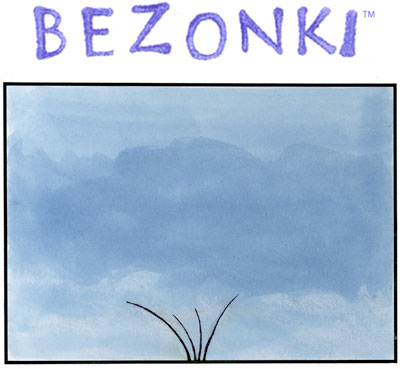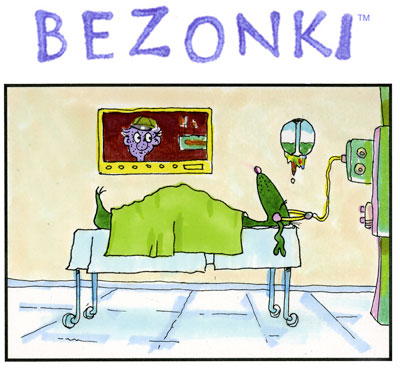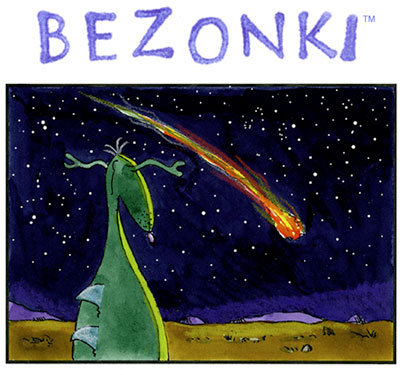Column: Book Fare
The upcoming trifecta of other-worldly holidays – Halloween, All Saints’ Day, All Souls’ Day – are the perfect frame to showcase a pair of new literary treats from local authors. (A neat trick, no?)
“The Sin-Eater: A Breviary,” Thomas Lynch’s latest collection of poems from Paraclete Press, presents this world and the next according to Argyle, an insurance policy incarnate for unabsolved offenses and, Lynch writes, “the mouthpiece for my mixed religious feelings.”
“Ghost Writers: Us Haunting Them,” part of the Made in Michigan Writers Series from Wayne State University Press, serves up a dozen ghost stories – some fiction, some true in their own way – from some of the state’s finest writers, many of them from the Ann Arbor area. Laura Kasischke (“Space, In Chains” and “The Raising”) and Keith Taylor, whose next poetry collection, “Marginalia for a Natural History,” comes out next month, are the editors as well as contributors.
Taylor, who teaches English at the University of Michigan, and “Ghost Writers” contributor Elizabeth Kostova (“The Historian,” “The Swan Thieves”) will read from the collection at Zingerman’s Roadhouse on Wednesday, Oct. 26, at the sixth annual Vampires’ Ball, a benefit for Food Gatherers. (Hunger. In Washtenaw County. In America. Sin? Horror story? This theme is definitely hanging together here.) [Full Story]




